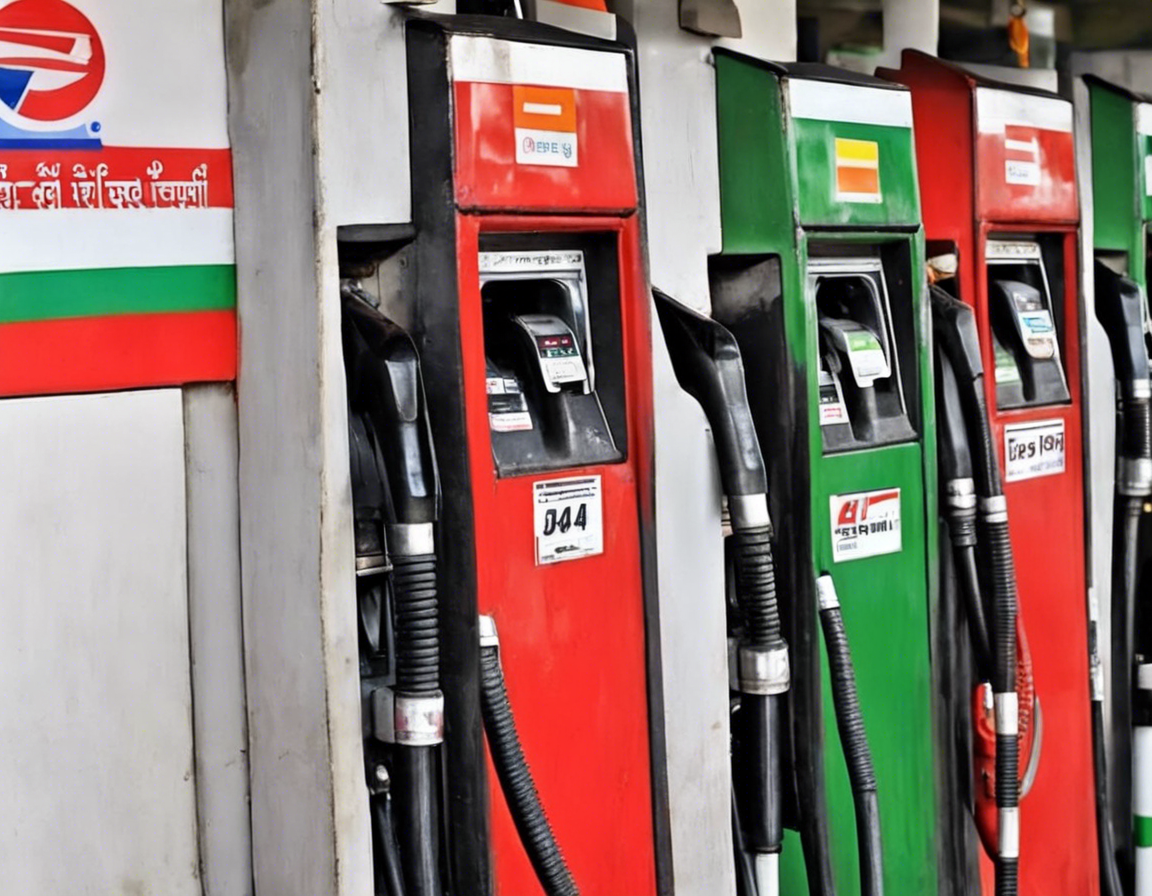Introduction:
The recent petrol pump strike has caused widespread disruptions and concerns among the public. As the strike continues, it is crucial to understand its implications, causes, and potential solutions. In this comprehensive guide, we will delve into the key aspects of the prolonged petrol pump strike and provide insights into what you need to know during this challenging time.
Understanding the Petrol Pump Strike:
The petrol pump strike is a result of disagreements between petrol pump owners and the government or oil companies. The strike typically stems from issues such as pricing mechanisms, taxation, dealer margins, and other policy-related matters. When negotiations break down, petrol pump owners may resort to a strike as a means of voicing their grievances and pressuring authorities to address their concerns.
Key Factors Contributing to the Strike:
– Taxation Policies: Changes in taxation policies, such as excise duties and VAT rates, can impact the profitability of petrol pump owners.
– Dealer Margins: Disputes over dealer margins, the commission or profit share that petrol pump owners receive from oil companies, can lead to conflicts.
– Fuel Pricing: Fluctuations in global crude oil prices and the mechanism for determining domestic fuel prices can also be contentious issues.
– Policy Reforms: Proposed policy reforms or regulations by the government or oil companies may not align with the interests of petrol pump owners.
Impact on Consumers:
The prolonged petrol pump strike can have significant repercussions for consumers, including:
– Fuel Shortages: The strike may lead to fuel shortages or long queues at operating petrol pumps, affecting transportation and daily commutes.
– Price Hikes: Limited availability of fuel can drive up prices in the black market, subjecting consumers to inflated costs.
– Disruption of Services: Industries relying on continuous fuel supply, such as transportation, logistics, and agriculture, may face disruptions, impacting their operations and productivity.
Government Response and Potential Solutions:
In response to the petrol pump strike, the government may engage in dialogues with stakeholders to address the underlying issues. Potential solutions include:
– Negotiation and Mediation: Facilitated negotiations and mediation sessions can help resolve disputes and reach mutually agreeable terms.
– Policy Reforms: Reviewing and revising existing policies related to taxation, dealer margins, and fuel pricing to accommodate the concerns of petrol pump owners.
– Incentives and Support: Providing incentives or financial support to mitigate the financial burdens on petrol pump owners and ensure the uninterrupted supply of fuel.
Consumer Tips During the Strike:
– Plan Ahead: Anticipate fuel shortages and plan your trips accordingly to minimize disruptions.
– Explore Alternatives: Consider carpooling, public transportation, or alternative modes of transportation to reduce reliance on personal vehicles.
– Stay Informed: Keep abreast of the latest developments regarding the strike through official sources or alternative fuel options in your vicinity.
FAQs (Frequently Asked Questions):
1. What are the common reasons for petrol pump strikes?
Petrol pump strikes often occur due to disputes over taxation policies, dealer margins, fuel pricing mechanisms, and proposed policy reforms that affect the profitability of petrol pump owners.
2. How long do petrol pump strikes usually last?
The duration of petrol pump strikes can vary depending on the extent of the issues, negotiations between stakeholders, and the government’s response. Some strikes may be resolved within a few days, while others can persist for weeks.
3. How can consumers cope with fuel shortages during a petrol pump strike?
Consumers can cope with fuel shortages by planning their trips, exploring alternative transportation options, and staying informed about the strike’s impact on fuel availability in their area.
4. Can petrol pump strikes lead to black market activities and price hikes?
Yes, petrol pump strikes can create opportunities for black market activities, leading to price hikes as consumers may resort to purchasing fuel at inflated costs to meet their needs.
5. What measures can the government take to address petrol pump strikes?
The government can address petrol pump strikes through negotiation, mediation, policy reforms, incentives, and support to resolve disputes, alleviate financial pressures, and ensure the continuous supply of fuel to consumers and industries.
